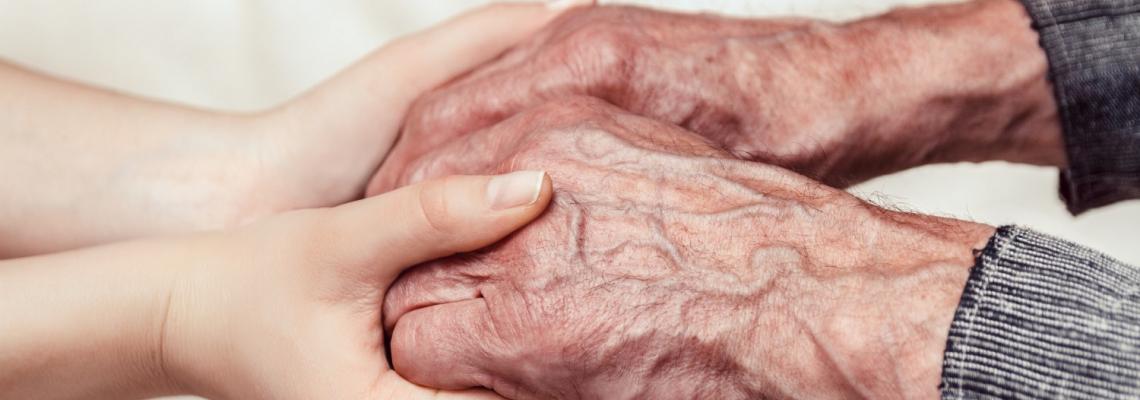The elderly
Ageing: the experience of time
Written by: Mr Philippe MIGLIASSO, Senior Healthcare Executive and Administrator at the Monaco Gerontological Coordination Centre (CCGM).
The rise in life expectancy from the late nineteenth century and throughout the twentieth century is increasingly having an impact in all industrialised countries. Developments in society (improved living conditions), the workplace (better working conditions), the economy and, above all, health mean that life expectancy continues to increase today (men: 79.5 years; women: 85.4 years).
These extra years of life have led to ageing becoming an issue that straddles the economic, healthcare and social problems of our countries. They raise questions about the future of our societies, where the birth rate is insufficient – or just barely sufficient in the luckiest countries – for population replacement.
The years of life we have gained can be seen as an opportunity if we associate them with healthy longevity. Medical progress, especially in the field of cardiovascular health, has contributed to this development, but the great public health scourges of neurodegenerative disease and cancer continue to pose challenges in the pursuit of healthy life expectancy.
A loss of independence is something we all fear. Everyone wants to live in their own home as long as possible. There is no typical profile of an elderly person. The experience of the Gerontological Coordination Centre shows that some individuals aged 85 years have the cognitive and physical capabilities of much younger people, while some 75-year-olds (the mean age for risk of “tipping” into the spiral of dependency) lose their autonomy in terms of carrying out everyday activities due to physical impairments or neurodegenerative disease.
Ageing is a programmed and ongoing process, which begins at fertilisation and continues through a number of phases: development, maturity and senescence.
It is the end result of the combined impact of genetic (intrinsic ageing) and environmental factors to which the body is subjected throughout its life. Senescence affects all human beings, animals and plants. It occurs after middle age and is seen in the slow and gradual ageing of tissues and organs. Senescence is physiological and programmed. It affects all organs, all cells in the human body, which begin to age. This ageing leads to a slowing down of the body’s activity and vital functions. It is an inevitable process which cannot be reversed.
While ageing is unavoidable, what secrets can we learn from the nonagenarians that we see at home, or the centenarians, whose age is no longer a reason to make the front pages of the newspapers? Today, chronological age alone is not what amazes us. It is the examples of successful ageing that prompt awe.
What a joy to see a hundred-year-old woman using her tablet to stay in touch with her great-grandchildren all over the world! And the lesson taught by the centenarian to the team at the Speranza-Albert II Centre when asked about the secret of her longevity: “it’s important to move with the times, not be nostalgic, and spend time with young people. This sometimes means changing the way you think and adapting.”
This secret can be found in the gerontology literature, albeit expressed differently. While our ability to affect the intrinsic factors remains limited or confined to the domain of medical expertise, identifying extrinsic factors is something that we can all take responsibility for. This is all the more important since the isolation and loneliness that affect around a quarter of people aged 75 or older (Fondation de France, Loneliness in France – 2016 Report) can contribute to physical, psychological and social frailty.
Frailty is recognised as a concept.
It has been observed in the gerontology literature in recent years, and is defined by the French Society of Gerontology and Geriatrics as a clinical syndrome: “frailty is defined by a reduction in physiological reserve which alters stress adaptation mechanisms. Its clinical expression depends on co-morbidities as well as psychological, social, economic and behavioural factors. Frailty syndrome is a risk factor for mortality and adverse events, including loss of capacity, falls, hospitalisation and admission to an institution. Age is considered as a determining factor of frailty, but cannot explain the syndrome by itself.”
Healthy life expectancy may therefore depend on preventive measures. However, prevention is a voluntary process, and this brings us back to awareness and the desire to take action. When it comes to ageing, we find ourselves facing our own predictions: our advancing age, the distance from our youth, the end of our life and, above all, our feelings about the life that is ticking by.
As with all preventive measures, it is necessary to act in advance. But when? At what age? If there is an age.
Ageing is a continuum from the moment we are conceived. So the colours in the autumn of our life will be all the more beautiful if we look after the earlier seasons.
